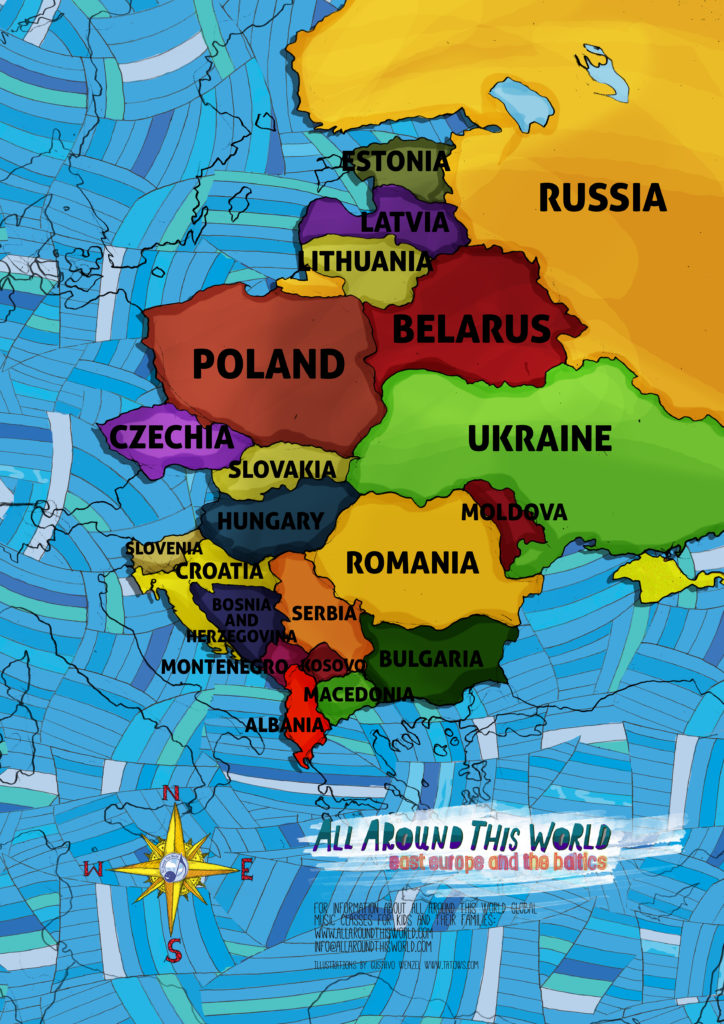All Around This World adores lautari, and so should you.
The Romani are an ethnic group generally believed to have originated in northwestern India over 2300 years ago and to have migrated westward, ending up in most regions of Europe. For centuries many European Roma lived outside the mainstream, dwelling in impermanent “squatter” communities or in small, economically depressed villages — sometimes due to discrimination, other times, to maintain their own culture, by choice. Despite being held at arms’ length, Roma musicians, especially those from a sprawling “clan” of virtuosos known as “lautari,” like those see in this video, who earned respect due to their their musical prowess. All Around This World certainly respects them; especially the way they carry two millennia of music wherever the go.


